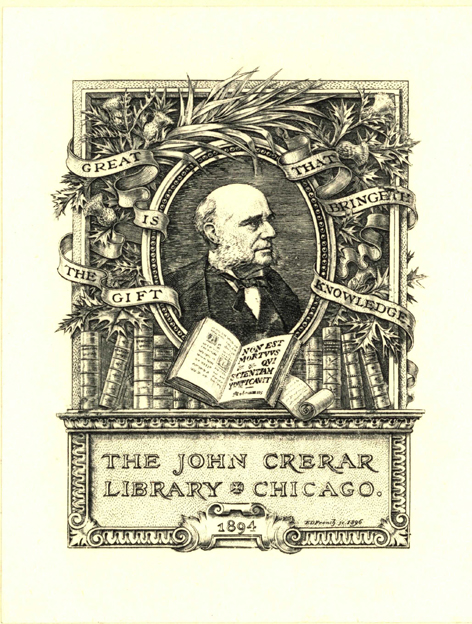| Summary: | "Dynamic Energy Budget (DEB) theory is a formal theory for the uptake and use of substrates (food, nutrients and light) by organisms and their use for maintenance, growth, maturation and propagation. It applies to all organisms (microorganisms, animals and plants).The primary focus is at individual level, from a life cycle perspective, with many implications for sub- and supraindividual levels. The theory is based on sound chemical and physical principles, and is axiomatic in set-up to facilitate testing against data. It includes effects of temperature and chemical compounds; ageing is discussed as an effect of reactive oxygen species, with tight links to energetics. The theory also includes rules for the co-variation of parameter values, better known as body size scaling and quantitative structure- activity relationships. Many well-known empirical models turn out to be special cases of DEB theory and provide empirical support." "Many additional applications are illustrated using a wide variety of data and species." "After 30 years of research on DEB theory, this third edition presents a fresh update. Since the second edition in 2000, some 140 papers have appeared in journals with a strong focus on DEB theory." "A lot of supporting material for this book meanwhile has been developed and is freely available, such as the software package DEBtool; one of its toolboxes contains code that generates the figures of this book: setting of data, model specification, parameter estimation and plotting. By replacing data of your own, you have a convenient tool for applying the theory." "This edition includes a new chapter on evolutionary aspects; discusses methods to quantify entropy for living individuals; isotope dynamics; a mechanism behind reserve dynamics; and toxicity of complex mixtures of compounds. An updated ageing module is now also applied to demand systems; there are new methods for parameter estimation; adaptation of substrate uptake; the use of otoliths for reconstruction of food level trajectories; the differentiated growth of body parts (such as tumours and organs) linked to their function; and many more topics are new to this edition."--BOOK JACKET.
|
|---|

